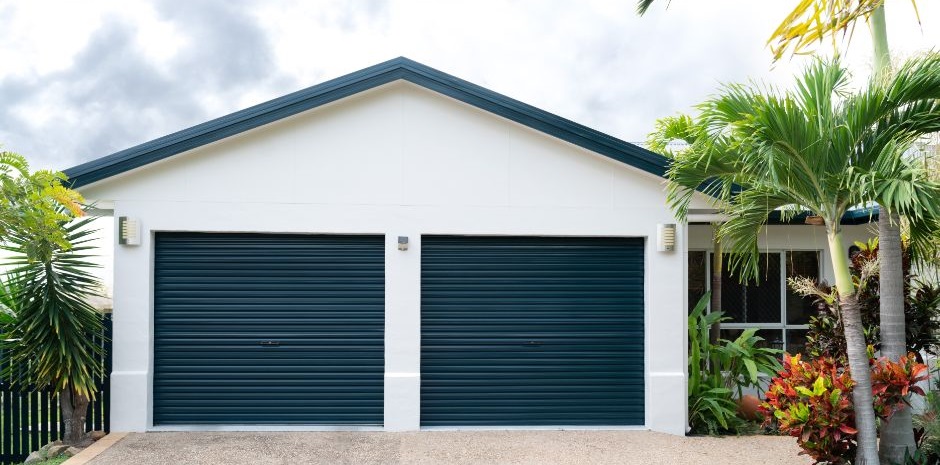Roughcasters
Roughcasting, also known as pebbledash or harling, is a traditional exterior finishing technique widely used in the construction industry in the UK. Renowned for its durability, weather resistance, and distinctive textured appearance, roughcasting has been a popular choice for protecting and enhancing buildings for centuries. From quaint cottages to grand estates, roughcasting adds character and charm to a wide range of architectural styles, making it a staple of the British built environment.

The history of roughcasting in the UK dates back to medieval times when it was first used as a protective coating for stone and timber buildings. Made from a mixture of lime, sand, and small stones or pebbles, roughcasting provided a durable and weatherproof finish that helped protect buildings from the elements. Over time, roughcasting became more refined, with craftsmen developing techniques to create intricate patterns and textures that added decorative flair to buildings.
One of the key benefits of roughcasting is its durability and longevity. Unlike painted finishes or traditional renders, roughcasting forms a thick, solid layer that can withstand harsh weather conditions, including rain, wind, and frost. This makes it particularly well-suited for the unpredictable climate of the UK, where buildings are exposed to a wide range of weather extremes throughout the year.
Additionally, roughcasting offers excellent thermal and acoustic insulation properties, helping to regulate indoor temperatures and reduce noise transmission. The textured surface of roughcasting creates air pockets that trap heat and sound, improving the overall comfort and energy efficiency of buildings. This makes roughcasting an attractive option for homeowners seeking to enhance the performance of their properties while adding visual interest to their exteriors.
Moreover, roughcasting is a versatile finish that can be customized to suit a variety of architectural styles and design preferences. The texture, color, and size of the stones or pebbles used in roughcasting can be adjusted to achieve different aesthetic effects, from rustic and traditional to modern and contemporary. This allows architects and homeowners to create unique and distinctive facades that complement the character of their buildings and surrounding landscapes.

In addition to its aesthetic and functional benefits, roughcasting is also relatively low maintenance compared to other exterior finishes. Once applied, roughcasting requires minimal upkeep, with occasional cleaning and repairs as needed to maintain its appearance and performance. This makes it a cost-effective choice for homeowners and property managers looking to invest in long-term building maintenance.
Roughcasting is typically applied by skilled tradespeople known as roughcasters or roughcasting contractors. These professionals undergo specialized training and apprenticeships to learn the techniques and skills required to apply roughcasting effectively. They are familiar with the properties of different materials used in roughcasting, as well as the best practices for preparing surfaces, mixing materials, and applying finishes.
The process of roughcasting begins with the preparation of the building’s exterior surfaces. Any existing finishes or coatings are removed, and the surface is cleaned and repaired as needed to ensure a smooth and uniform substrate. Next, a base coat of mortar, usually consisting of lime and sand, is applied to the surface to provide adhesion and durability.
Once the base coat has cured, the roughcasting mixture is prepared by combining lime, sand, and water with small stones or pebbles. The roughcasting mixture is then applied to the surface using a trowel or spraying equipment, with the roughcaster working quickly to achieve the desired texture and finish. Finally, the roughcasting is left to cure and harden, resulting in a durable and weather-resistant finish that protects the building for years to come.
Roughcasting plays a vital role in the construction industry in the UK, providing durable, weather-resistant, and visually striking finishes for buildings of all types and styles. With its long history, versatility, and practical benefits, roughcasting continues to be a popular choice for homeowners, architects, and builders looking to enhance the durability, aesthetics, and performance of their properties. As the demand for sustainable and low-maintenance building solutions grows, roughcasting remains a timeless and reliable option for protecting and beautifying buildings throughout the United Kingdom.
